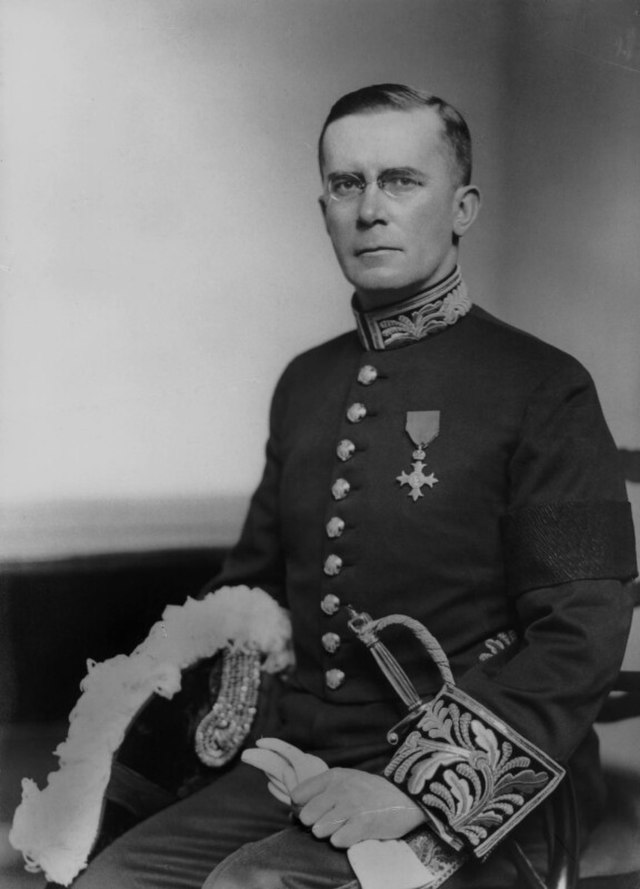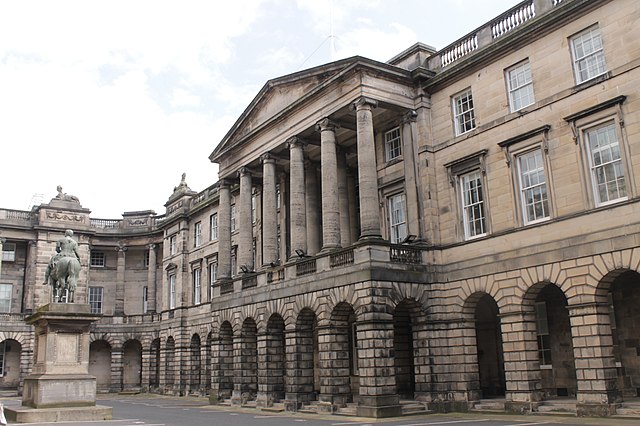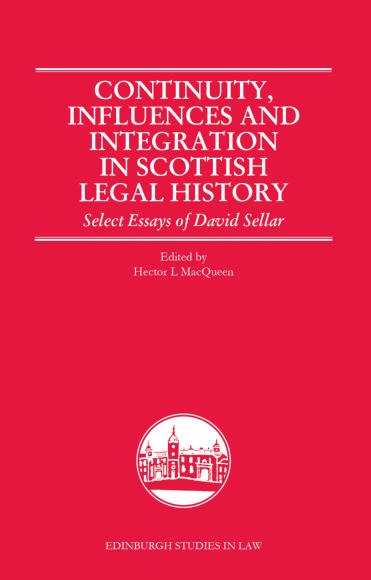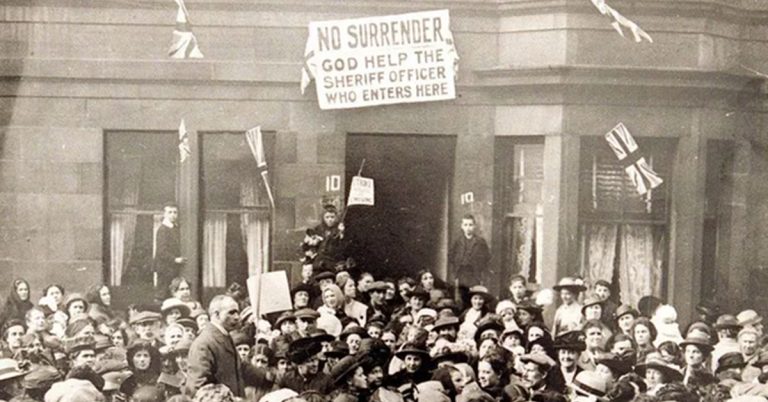
by Hector L. MacQueen
Missed Part 1? Read it here first!
Another starting point on which David made common ground with Cooper was the importance for Scotland of the development of the law of the western Church – Canon law – from the twelfth century on. But while Cooper left unclear how he saw the Canon law influence after the thirteenth century, David developed a series of powerful studies which demonstrated not only continued significance in the later Middle Ages but also continuing effect despite the statutory abolition of papal jurisdiction at the Scottish Reformation in 1560.
Before then, and from the twelfth century on, there were separate jurisdictions operating in parallel in secular and ecclesiastical matters which, however, touched upon each other’s sphere at many crucial points. Thus what had originally been Canon law administered in the Church courts became entwined with and in effect part of the Scots common law administered in the secular courts, notably the law of marriage and moveable succession (Chapters 9, 10, 12 and 13). Moreover, even before the Reformation, Canon law had influenced the secular criminal law into recognition of different degrees of culpability for homicide, based on the blameworthiness of the accused’s conduct; and that continued into the eighteenth century when, perhaps, the language more than the substance of the law changed in response to increasingly anglicised modes of speech and writing (Chapter 11).

Cooper wrote that during his “Dark Age” period “the French alliance and the steady pressure of Continental influences bore fruit in the gradual incorporation into Scots Law of a great mass of the Roman law as taught by the French and Dutch civilians” (The Scottish Legal Tradition (1991), at 68). David was notably less sweeping in his assessment of the influence of Roman or Civilian law upon the development of Scots law. He drew particular attention to the views of sixteenth- and seventeenth-century writers such as Thomas Craig (1538-1608) and Stair, for whom in the hierarchy of legal sources of their time Roman law ranked after Canon law, with native written and customary law ranking above both. Roman law was not a direct source but rather a point of comparison, accepted not by reason of any innate authority, but for the good sense and equity of its solutions as evidence of the requirements of natural law (see especially Chapters 1, 7 and 8). It could also influence the terminology of the law, as for example in converting the vernacular “widow’s and bairns’ parts” of moveable succession to jus relictae and legitim, or inaptly applying the Roman pollicitatio to the concept of unilateral promise. This process could further be used to disguise what was really Canon law influence, as in the law of persons, or “the pressing of feudal wine into Roman bottles”, as in the case of servitudes (quotation from C D’O Farran, The Principles of Scots and English Land Law (1958), 89). The reception of Roman law was thus far from covering the whole of Scots law.
David was however equally far from denying Civilian influence altogether. He saw its importance in providing the law with overall structure and intellectual coherence (Chapter 8). He accepted that the law of moveable property had been strongly influenced by Roman law, as also the use of the conditiones sine liberis and the concept of donatio mortis causa in moveable succession (Chapters 8, 12 and 13). The unique Scots law on the general enforceability of unilateral promises stemmed from Stair’s engagement with the Civilian legal thinking of his time (Chapter 15).
The chapter on the law of presumptions is another illustration of the persistence of Civilian influence almost down to the present (Chapter 16). But these examples also show, in David’s view, that acceptance of the specifics of Roman law was far from total or complete, even in the most affected areas. Instead, Roman law, in particular as it had come to be interpreted and applied in the European jus commune from the Middle Ages on, provided a platform upon which the Scottish common law could continue to build through native juristic writings and court decisions.
In three joint papers which David and I contributed to the Gerda Hinkel Stiftung’s series, Comparative Studies in Continental and Anglo-American Legal History, but which are not included in the collection, we showed this process ongoing down at least to the nineteenth century in the development of the Scots law on unjust enrichment (as David preferred to call it), liability for negligence, and jus quaesitum tertio (third party rights in contract) (“Unjust enrichment in Scots law”, inE J H Schrage (ed), Unjust Enrichment: The Comparative Legal History of the Law of Restitution (1995) 289; “History of negligence in Scots law”, in E J HSchrage (ed), Negligence: The Comparative Legal History of the Law of Torts (2001) 273; “Scots law: ius quaesitum tertio, promise and irrevocability”, in E J H Schrage (ed), Ius Quaesitum Tertio (2008) 357). I think that in the light of that work, and also the contributions of John Cairns in particular, he might have wished to reconsider the statement made in the Saltire/Stair Societies overview in 1991, that “The achievements of the Enlightenment belong more to the history of ideas than to the history of Scots law” (Chapter 1, at 45-6).

All these publications nonetheless presented a challenge, not only to Lord Cooper’s false starts and rejected experiments, but also to the view (widely held when David began his academic career in 1969) that by 1707 Scots law was essentially a Civilian system of law which began to be overlaid with English law only as a result of the Anglo-Scottish Union in 1707. All the chapters in the present collection bring out the way in which Scots law before and after 1707 was (and is) actually the product of a variety of influences ranging from the indigenous and customary to the international and intellectually sophisticated Canon and Civilian systems, with much ranged in between. The law’s history is one of continuity, with change being the product of open-ness to new, mostly external influences which were then integrated with and developed within an existing institutional and (increasingly) intellectual structure.
Understandably, given the thesis David was trying to establish, he did not much explore what laid law in Scotland open to these external influences in the Middle Ages. Some of it was political, in particular the inevitably close links with England down to 1707 and beyond, whether relations between the two kingdoms were peaceful or hostile. Insofar as it was not also political, the position of the Church and its law stemmed from the spiritual authority that would remain largely unchallenged until overthrown by the Reformation in 1560. The Church also explained the initial influence of the Roman Civil law, which however gained further momentum from the sixteenth-century establishment of a secular central court to meet the demands of litigants dis-satisfied with the de-centralised medieval system. The court’s bench was staffed substantially by ecclesiastics and a lay profession grew around it, many university-educated in the learned laws. The Reformation removed papal jurisdiction but did not deprive either the Canon or the Civil law of influence in the continuing development of the law; indeed, with the latter, rather the reverse. The brilliant juristic work of Craig and Stair consolidated the law while at the same time further shaping and elaborating its form and substance.
Head to Part 3.
About the book
Brings together 15 principal essays by David Sellar (1941–2019), reflecting his pioneering contribution to Scottish legal history
- Groups essays into topics, covering Celtic law and institutions, the influence of Canon and English law across a wide range of legal subjects (including family law, succession, criminal law, evidence) and customary law
- Includes a paper written during Sellar’s time as Lord Lyon King of Arms (2008–14) but left unpublished at his death, dealing with the history of the office of Lyon itself and arguing for its ancient Celtic origins
- Demonstrates the continuity of legal institutions in Scotland from the early middle ages on, assesses influences shaping change over time, and the processes of integration and then re-integration down to the present
- Includes a general introduction by Hector L. MacQueen assessing and contextualising Sellar’s contribution to the field
About the author
Hector MacQueen has been a member of the Edinburgh Law School since 1979. Appointed to the Chair of Private Law in 1994, he was Dean of the Law School 1999-2003, and Dean of Research and Deputy Head of the College of Humanities and Social Science in the University 2004-2008. He is currently a Scottish Law Commissioner. He is the author of many books and articles on Scots law and its historical development in comparative perspective, and of key textbooks such as The Scottish Legal System (5th edition) (2013), Unjustified Enrichment Law Basics (3rd edition) (2013), and Studying Scots Law 4th edition (2012).
Book launch
Hector MacQueen, along with The Edinburgh Centre for Private Law, will be hosting an online book launch on 18 March 2022. Sign up for a place here.






